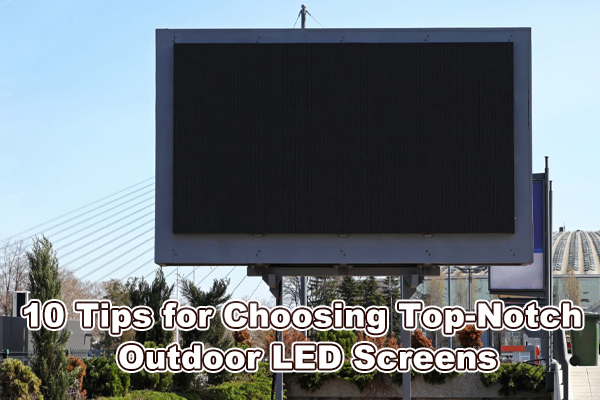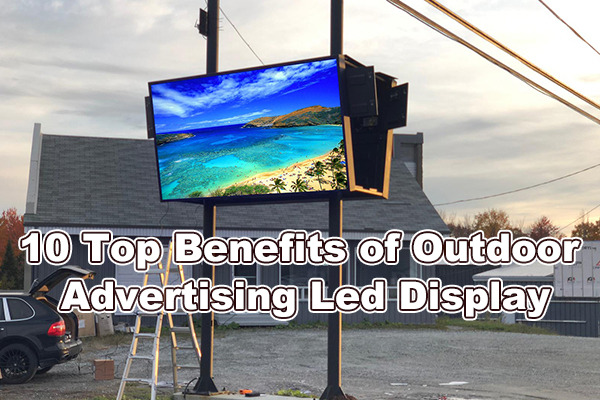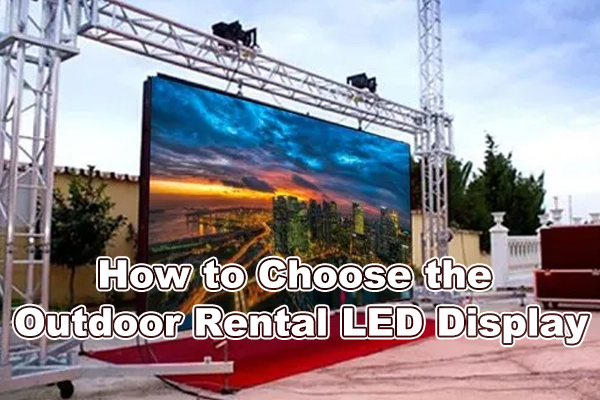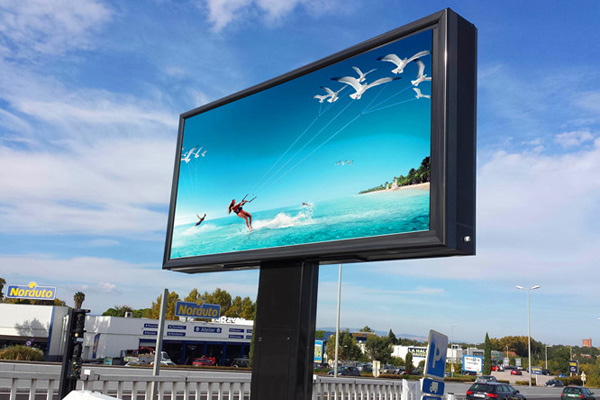1. Design Variances
Indoor LED Screens
Indoor LED screens typically feature smaller pixel pitches, as viewers can perceive high-resolution images and videos more clearly at relatively shorter viewing distances. Additionally, indoor LED screens tend to have lower brightness levels since indoor environments are generally dimmer, and excessive brightness might cause discomfort to the eyes.
Outdoor LED Screens
In contrast, outdoor LED screens prioritize brightness and durability in their design. They usually have larger pixel pitches, as the audience is situated at a greater distance from the screen. Outdoor LED screens also require robust sunlight resistance to ensure clear visibility even in direct sunlight. Consequently, outdoor LED screens exhibit higher brightness levels to accommodate various lighting conditions.
2. Technological Distinctions
Indoor LED Screens
Indoor LED screens often excel in color reproduction and contrast. Due to the controlled nature of indoor environments, these screens can display more accurate and vibrant colors, offering higher contrast levels for clearer images.
Outdoor LED Screens
Outdoor LED screens emphasize wind and waterproof capabilities in their technology. They commonly incorporate more durable materials and protective technologies to withstand harsh weather conditions. While outdoor LED screens may slightly lag in color reproduction compared to their indoor counterparts, this compromise is made to ensure functionality in bright outdoor lighting.
3. Environmental Adaptability Differences
Indoor LED Screens
Indoor LED screens are typically deployed in controlled environments such as shopping malls, conference rooms, or indoor sports arenas. They don’t need to withstand extreme weather conditions, so their design prioritizes visual aesthetics and user experience.
Outdoor LED Screens
Outdoor LED screens, on the other hand, must contend with a range of natural elements, including high and low temperatures, wind, and rain. Consequently, the design of outdoor LED screens leans towards sturdiness and durability, ensuring uninterrupted operation even in adverse weather.
In summary, indoor and outdoor LED screens exhibit distinct differences in design, technology, and environmental adaptability. Choosing the right LED screen depends on specific application scenarios and requirements. Indoor LED screens aim for high-quality images and color reproduction, while outdoor LED screens prioritize durability and the ability to adapt to diverse weather conditions.
Post time: Nov-16-2023









